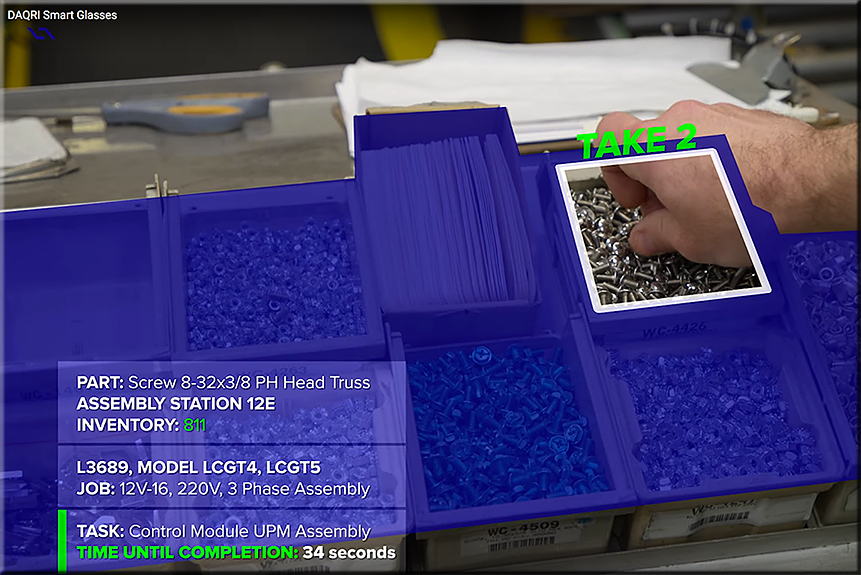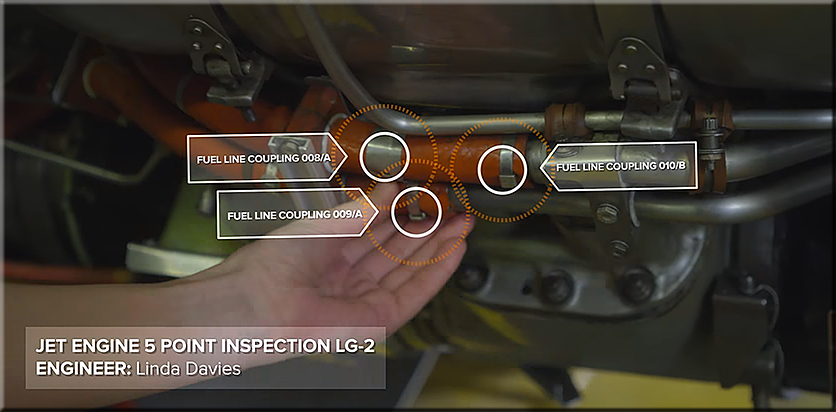Will blockchain help make Virtual Reality more social? — from thenextweb.com by Alice Bonasio
Excerpt:
Emerging social VR platforms are experimenting with new ways of democratizing access and ownership of content and information.
VR has often been considered something of a solitary experience, but that’s changing fast. Social VR platforms are on the rise, and as the acquisition of AltspaceVR by Microsoft shows, major players in that space are taking notice.
…
This shows how momentum is building around social VR, and although it’s unlikely that such platforms will replace social media in terms of popularity overnight, the question is certainly being asked about who will emerge as “Facebook of VR.”
…
“We believe virtual reality will flourish once users have a more prominent role in controlling their creations. Currently, the companies that create the virtual worlds own all of the content built by the users. They are the ones who profit, reap the benefits from the network effects, and have the power to undo, change or censor what happens within the world itself. The true potential of VR might be realized, and certainly surpass what already exists, if this power were put into the hands of the users instead,” believes Ariel Meilich, founder of blockchain-based virtual platform Decentraland.
A blockchain is a digitized, decentralized public ledger of cryptocurrency transactions. Essentially each ‘block’ is like an individual bank statement. Completed ‘blocks’ (the most recent transactions) are added in chronological order allowing market participants to keep track of the transactions without the need for central record keeping. Just as Bitcoin eliminates the need for a third party to process or store payments, and isn’t regulated by a central authority, users in any blockchain structure are responsible for validating transactions whenever one party pays another for goods or services.
From DSC:
As this article reminded me, it’s the combination of two or more emerging technologies that will likely bring major innovation our way. Here’s another example of that same idea/concept.
Warby Parker Uses Face ID in iPhone X to Measure Your Face for Glasses — from mobile-ar.reality.news by Tommy Palladino
Excerpt:
Online glasses retailer Warby Parker built its reputation by selling fashionable yet affordable eyeglasses, so it perhaps a surprise that it’s one of the first developers to take advantage of the technology in the least affordable iPhone yet.
While other developers are making adjusting to their apps to account for the infamous camera notch, Warby Parker decided to update its Glasses app to directly leverage the Face ID facial recognition system. Now, in the updated version of the app, Glasses can measure the user’s face to estimate which frames will fit best.
Apple Is Ramping Up Work on AR Headset to Succeed iPhone — from bloomberg.com by Mark Gurman
Excerpt:
Apple Inc., seeking a breakthrough product to succeed the iPhone, aims to have technology ready for an augmented-reality headset in 2019 and could ship a product as early as 2020.
Unlike the current generation of virtual reality headsets that use a smartphone as the engine and screen, Apple’s device will have its own display and run on a new chip and operating system, according to people familiar with the situation. The development timeline is very aggressive and could still change, said the people, who requested anonymity to speak freely about a private matter.
“The power is that we can take the user anywhere in the entire universe throughout all of time for historical experiences like this.” (source)
AR navigation app promises better accuracy than GPS alone — from engadget.com by Jon Fingas
Walk the streets as if you had a local by your side.
Want to Really Teach a Robot? Command It With VR — from wired.com by Matt Simon
Excerpt:
Ask a robot to do the same and you’ll either get a blank stare or a crumpled object in the cold, cold grasp of a machine. Because robots are good at repetitive tasks that require a lot of strength, but they’re still bad at learning how to manipulate novel objects. Which is why today a company called Embodied Intelligence has emerged from stealth mode to fuse the strengths of robots and people into a new system that could make it far easier for regular folk to teach robots new tasks. Think of it like a VR videogame—only you get to control a hulking robot.
From DSC:
To remain up-to-date, Engineering Departments within higher ed have their work cut out for them — big time! Those Senior Engineering Teams have many new, innovative pathways and projects to pursue these days.
Daqri ships augmented reality smart glasses for professionals — from venturebeat.com by Dean Takahashi
Excerpt:
Daqri has begun shipping its augmented reality smart glasses for the workplace.
Los Angeles-based Daqri is betting that AR — a technology that overlays digital animations on top of the real world — will take off first in the enterprise, where customers are willing to pay a higher price in order to solve complex problems. The idea is to help people solve real-world problems, like fixing a jet engine or piecing together an assembly. Daqri argues that the gains in productivity and efficiency make up for the initial cost.
At $4,995, the system is not cheap, but it is optimized to present complex workloads and process a lot of data right on the glasses themselves. It is available for direct purchase from Daqri’s web site and through channel partners. Daqri is targeting customers across manufacturing, field services, maintenance and repair, inspections, construction, and others.
The NBA really wants you to watch games in VR — from cnet.com by Terry Collins
The basketball league has now struck two partnerships to broadcast games in virtual reality. Are fans willing to watch them?
Excerpt:
What’s keeping you from watching NBA games in VR?
Is it the bulky headsets? Is it the slow camera switches that don’t follow the players quickly enough? Is it too expensive?
The NBA is betting that one reason is it just doesn’t have enough partnerships yet. So, the league is teaming up with Turner Sports and Intel TrueVR to air weekly games on TNT in VR starting with the All-Star weekend festivities from Los Angeles in February.
russell-westbrook-alley-oop.jpg
NBA fans will soon be able to see more of MVP Russell Westbrook in virtual reality.
NBAE/Getty Images
This partnership represents a doubling down of NBA’s VR efforts, despite indications it isn’t actually working. Last year, the NBA began airing games with NextVR as part of a multiyear deal.
Microsoft: Here’s how Mixed Reality will aid information workers and boost digital transformation — from techrepublic.com by Alison DeNisco Rayome
At Microsoft Future Decoded, the tech giant explained how mixed reality can help workers and companies achieve more.
Excerpt:
The 3 big takeaways
- At the Microsoft Future Decoded conference in London, executives from the tech giant offered a vision for integrating Microsoft 365, Microsoft HoloLens, Windows Mixed Reality, and 3D capabilities into modern workplaces to aid digital transformation.
- Firstline workers and information workers will likely be the first to benefit from mixed reality in the workplace, using the technology for collaboration, training, and more.
- Microsoft has made a number of moves into the mixed reality space recently, including expanding its HoloLens headset into new European markets.











